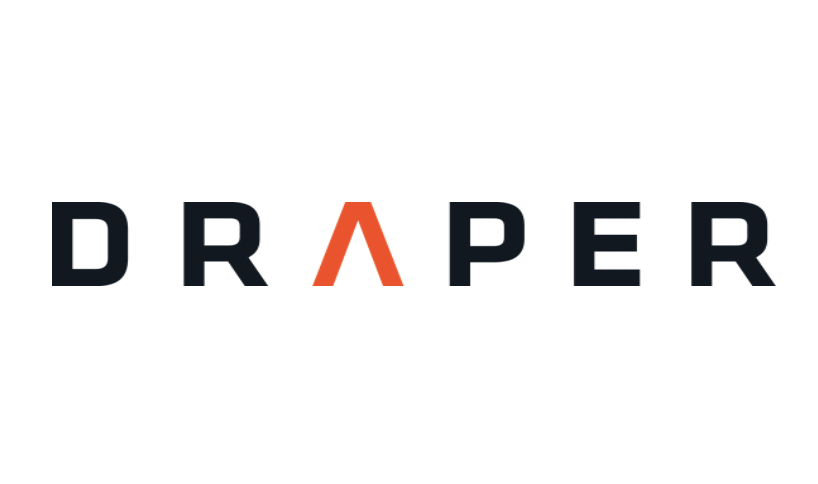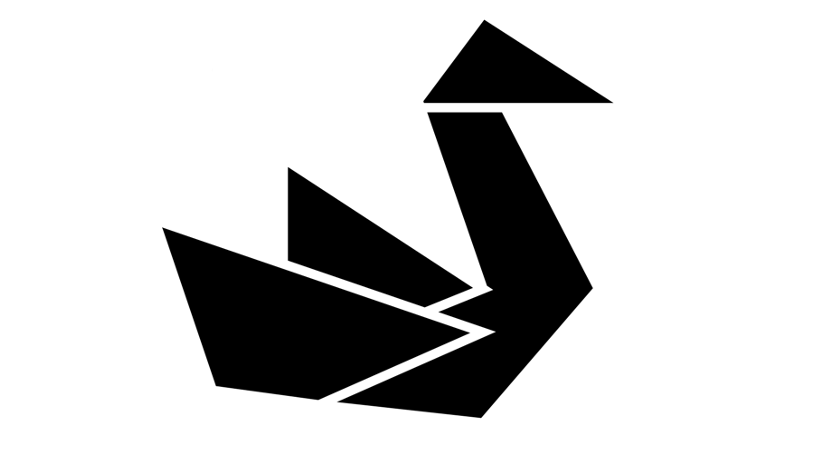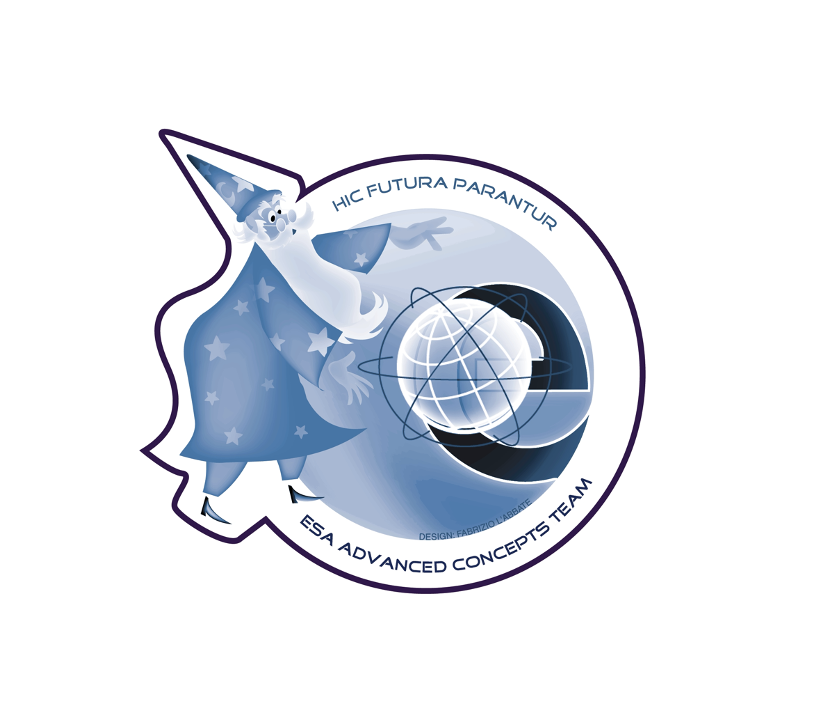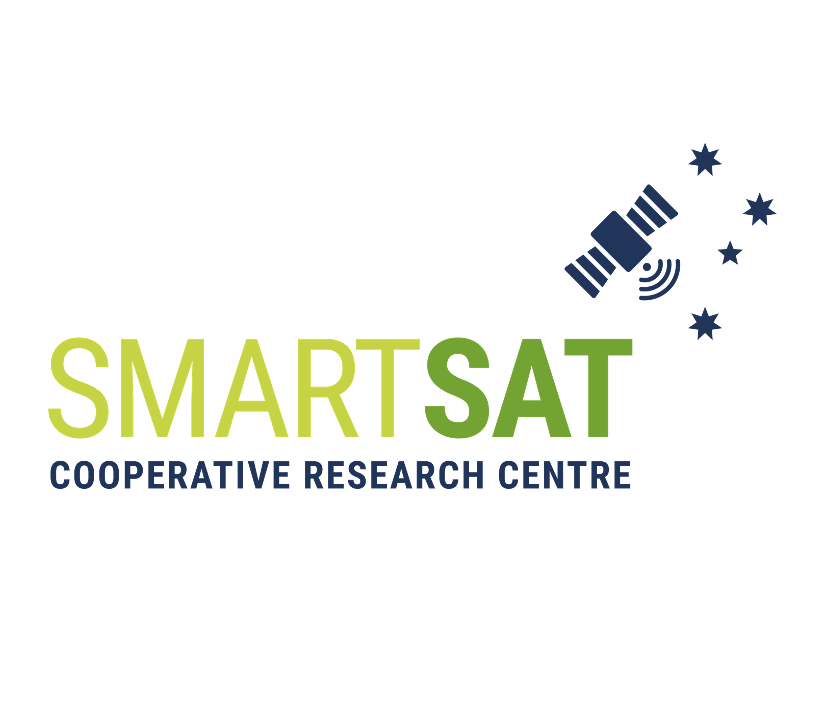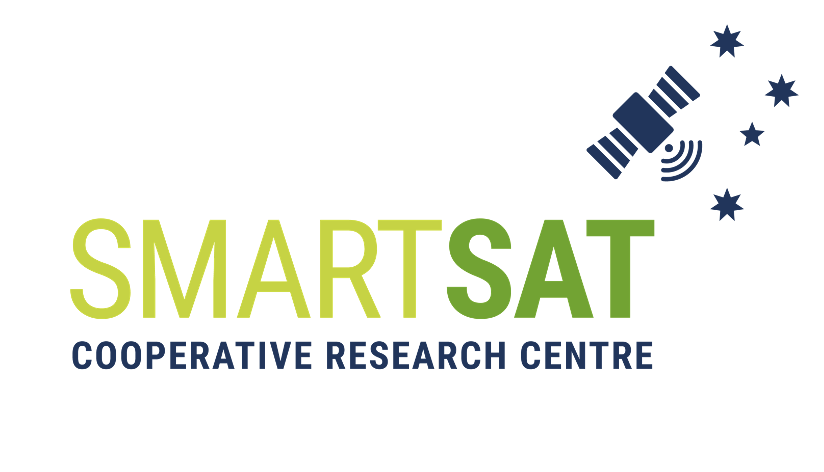AI4Space 2021
1st Workshop on AI for Space
In conjunction with CVPR 2021
Date: 19 June 2021 (see detailed dates/time below)
Introduction
The space sector is experiencing significant growth. Currently planned activities and utilisation models also greatly exceed the scope, ambition and/or commercial value of space missions in the previous century, e.g., autonomous spacecraft, space mining, and understanding the universe. Achieving these ambitious goals requires surmounting non-trivial technical obstacles. AI4Space focuses on the role of AI, particularly computer vision and machine learning, in helping to solve those technical hurdles. The workshop will highlight the space capabilities that draw from and/or overlap significantly with vision and learning research, outline the unique difficulties presented by space applications to vision and learning, and discuss recent advances towards overcoming those obstacles.
Workshop Program
Block A (download calendar to add program to your calendar)
| Europe (Central) 19 June 2021 |
Australia (Sydney) 20 June 2021 |
N. America (East) 19 June 2021 |
Activity |
|---|---|---|---|
| 16:00 | 00:00 | 10:00 | Welcome address |
| 16:05 | 00:05 | 10:05 | Keynote 1: Shirley Ho |
| 16:35 | 00:35 | 10:35 | Keynote 2: Courtney Mario Developing Vision Navigation Systems for Space Applications and Lessons Learned from OSIRIS-REx |
| 17:05 | 01:05 | 11:05 | Intro to MDS Software (Blackswan Technologies) |
| 17:20 | 01:20 | 11:20 | Spotlight presentations 5 mins per paper List of papers |
| 18:00 | 02:00 | 12:00 | Poster session Presented using Gatherly |
| 18:20 | 02:20 | 12:20 | Award announcements |
Block B (download calendar to add program to your calendar)
| Europe (Central) 20 June 2021 |
Australia (Sydney) 20 June 2021 |
N. America (East) 20 June 2021 |
Activity |
|---|---|---|---|
| 09:00 | 17:00 | 03:00 | Welcome address |
| 09:05 | 17:05 | 03:05 | Keynote 3: Dario Izzo Emerging trends in ``deep space learning" |
| 09:35 | 17:35 | 03:35 | Keynote 4: Yang Gao AI Robotics for Sustainable Space Exploration & Exploitation |
| 10:05 | 18:05 | 04:05 | Spotlight presentations 5 mins per paper List of papers |
| 10:50 | 18:50 | 04:50 | Poster session Presented using Gatherly |
| 11:10 | 19:10 | 05:10 | Award announcements and conclusion |
Invited Speakers

Shirley Ho is Leader of the Cosmology X Data Science group at the Center for Computational Astrophysics (CCA), Flatiron Institute. Her research interests range from fundamental cosmological measurements to exoplanet statistics to using machine learning to estimate how much dark matter is in the universe. Her goal is to understand the universe’s beginning, evolution and its ultimate fate. Recently she has been developing novel tools using machine learning to solve astrophysical challenges. Shirley plans, builds and analyzes data from a number of astronomical surveys such as Actacama Cosmology Telescope, Euclid, the Large Synoptic Survey Telescope, Simons Observatory, Sloan Digital Sky Survey and the Wide Field Infrared Survey Telescope. She has broad expertise in theory, observation and data science, and her significant experience on machine learning for cosmology will deliver plenty of insights to the CVPR audience. Shirley earned her Ph.D. in astrophysical sciences from Princeton in 2008 and her bachelor’s degrees in computer science and physics from the UC Berkeley in 2004. She was a Chamberlain fellow and a Seaborg fellow at Lawrence Berkeley National Laboratory before joining CMU in 2011 as an assistant professor. She became the Cooper Siegel Career Development Chair Professor and was appointed associate professor with tenure in 2016. She moved to Lawrence Berkeley Lab as a Senior Scientist in 2016. Since 2011, she has been a primary mentor to more than 25 postdoctoral fellows, seven graduate students and 20 undergraduates.

Courtney Mario is a Principal Member of the Technical Staff at The Charles Stark Draper Laboratory (Draper) in the Perception and Autonomy Group. Draper is a not-for-profit R&D organization headquartered in Cambridge, Massachusetts. The lab specializes in the design, development, and deployment of advanced technology solutions to problems in space exploration, health care and energy and was originally best known for providing the Apollo Guidance computer. She is a member of the Natural Feature Tracking team for OSIRIS-REx, NASA’s asteroid sample return mission that successfully autonomously navigated to the asteroid surface in October 2020 to collect the sample. She is also currently leading the algorithm development for Draper’s lunar precision landing capability. Prior work has included developing vision-inertial systems for GPS-denied applications for ground vehicles, UAVs, and pedestrians. Courtney has over ten years of experience in vision navigation systems for GPS-denied environments, and the lessons she has learnt on the challenges of visual navigation in the space environment will be extremely beneficial to the CVPR community. Courtney earned a Bachelor’s degree (graduated Magna Cum Laude) and Master’s degree in mechanical engineering, both from Tufts University.
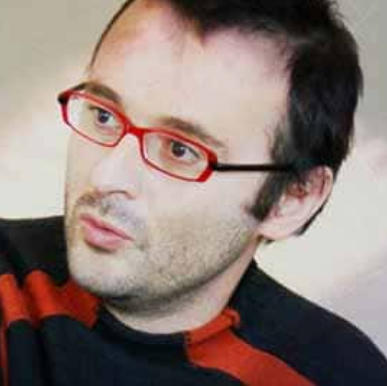
Dario Izzo is the Scientific Coordinator of the Advanced Concepts Team (ACT) at ESA, where he coordinates all the scientific activities of the ACT and manages the interface of the ACT to the rest of ESA. Dario is a major proponent of AI and champion of deep neural networks to solve space problems. He led studies in interplanetary trajectory design using AI and was responsible for starting the Global Trajectory Optimization Competitions events, the ESA’s Summer of Code in Space, and the Kelvins competition platform which brings together AI and space researchers. At the proposed workshop, Dario will be sharing his expertise and experience on AI algorithms for spacecraft guidance dynamics and control. Dario has published more than 150 papers in journals, conferences and books. In 2013, he received the Humies Gold Medal for the work on grand tours of the galilean moons and, the following year, he won the 8th edition of the Global Trajectory Optimization Competition, organized by NASA/JPL, leading a mixed team of ESA/JAXA scientists. Dario graduated in Aeronautical Engineering from the University Sapienza of Rome in 1999. He later obtained a second master in “Satellite Platforms” at the University of Cranfield in the UK and a Ph.D. in Mathematical Modelling in 2003, at the University Sapienza of Rome where he had the honour to assist Prof. Chiara Valente throughout the classical mechanics and space flight mechanics courses during the academic years 2001-2003.

Yang Gao is the Professor of Space Autonomous Systems at Surrey Space Centre (SSC) and the Head of the STAR LAB which specializes in visual sensing and navigation in extreme environments. She has 20 years of research experience in developing robotics and autonomous systems, and has been funded by UK Research Innovation, Royal Academy of Engineering, European Commission, European Space Agency, UK Space Agency, as well as industrial companies such as Airbus, NEPTEC, Sellafield and OHB. Yang is also actively involved in the R&D real-world space missions, e.g., ESA's ExoMars, Proba3 and LUCE-ice mapper, UK's MoonLITE/Moonraker, and China's Chang'E 3. Her expertise in solving real-world space visual navigation problems will be of significant interest to the CVPR audience. Yang is an Elected Fellow of Institute of Engineering and Technology (IET) and Royal Aeronautical Society (RAeS). Her research work led to international acclaim, such as International Astronautical Federation’s 3AF Edmond Brun Silver Medal in 2013, COSPAR's Outstanding Paper Award in 2016, First Prize of UKSEDS Lunar Rover Competition in 2017, Finalist of IEEE/ASME's AIM Best Paper Award 2019 and First Prize of Best Poster Award at ICRA 2020 Space Robotics Workshop. Prior to joining SSC in 2004, Yang was an awardee of the prestigious Singapore Millennium Foundation (SMF) Postdoctoral Fellowship and worked on intelligent and autonomous vehicles. She gained the B.Eng. and Ph.D. degrees from the Nanyang Technological University in 2000 and 2003 respectively.
Accepted Papers
Block A
| Order of presentation | Paper title and authors |
|---|---|
|
1 Stall A |
AI for dating stars: a benchmarking study for gyrochronology
Andres Moya, Jarmi Recio Martínez, Roberto Javier Lopez-Sastre |
|
2 Stall B |
Investigating Spiking Neural Networks for Energy-Efficient On-Board AI Applications. A Case Study in Land Cover and Land Use Classification
Andrzej S Kucik, Gabriele Meoni |
|
3 Stall C |
Autonomous Planetary Landing via Deep Reinforcement Learning and Transfer Learning
Giulia Ciabatti, Shreyansh Daftry, Roberto Capobianco |
|
4 Stall D |
Improving Astronomy Image Quality Through Real-time Wavefront Estimation
David Thomas, Joshua Meyers, Steven Kahn |
|
5 Stall E |
On-Orbit Inspection of an Unknown Tumbling Target using NASA's Astrobee Robotic Free-Flyers
Charles E Oestreich, Antonio Teran Espinoza, Jessica Todd, Keenan Albee, Richard Linares |
|
6 Stall F |
Spacecraft Time-Series Anomaly Detection Using Transfer Learning
Sriram Baireddy, Sundip Desai, James Mathieson, Richard Foster, Moses Chan, Mary Comer, Edward Delp |
|
7 Stall G |
SPACESeg: Automated Detection of Bed Junction Morphologies Indicating Signs of Life in Ediacaran Period
Padmaja Jonnalagedda, Rachel Surprenant, Mary Droser, Bir Bhanu |
|
8 Stall H |
Visual SLAM for Asteroid Relative Navigation
Mehregan Dor, Katherine A Skinner, Travis Driver, Panagiotis Tsiotras |
Block B
| Order of presentation | Paper title and authors |
|---|---|
|
1 Stall A |
A Monocular Pose Estimation Case Study: The Hayabusa2 Minerva-II2 Deployment
Andrew Price, Kazuya Yoshida |
|
2 Stall B |
A Spacecraft Dataset for Detection, Segmentation and Parts Recognition
Dung Anh Hoang, Bo Chen, Tat-Jun Chin |
|
3 Stall C |
Event-based spacecraft landing using time-to-contact
Olaf Sikorski, Dario Izzo, Gabriele Meoni |
|
4 Stall D |
From Rocks to Walls: a Model-free Reinforcement Learning Approach to Dry Stacking with Irregular Rocks
André Menezes, Pedro Vicente, Alexandre Bernardino, Rodrigo Ventura |
|
5 Stall E |
AI4MARS: A Dataset for Terrain-Aware Autonomous Driving on Mars
R. Michael Swan, Deegan J Atha, Henry A Leopold, Cindy Chiu, Matthew Gildner, Stephanie L Oij, Masahiro Ono |
|
6 Stall F |
LSPnet: A 2D Localization-oriented Spacecraft Pose Estimation Neural Network
Albert Garcia, Mohamed Adel Musallam, Vincent Gaudilliere, Enjie Ghorbel, Kassem Al Ismaeil, Marcos Perez, Djamila Aouada |
|
7 Stall G |
MRSCAtt: A Spatio-Channel Attention-Guided Network for Mars Rover Image Classification
Anirudh Srinivasan Chakravarthy, Roshan Roy, Praveen Ravirathinam |
|
8 Stall H |
Spot the GEO Satellites: From Dataset to Kelvins SpotGEO Challenge
Bo Chen, Daqi Liu, Tat-Jun Chin, Mark Rutten, Dawa Derksen, Marcus Maertens, Moritz Von Looz, Gurvan Lecuyer, Dario Izzo |
|
9 Stall I |
Vision-based Neural Scene Representations for Spacecraft
Anne Mergy, Gurvan Lecuyer, Dawa Derksen, Dario Izzo |
Awards
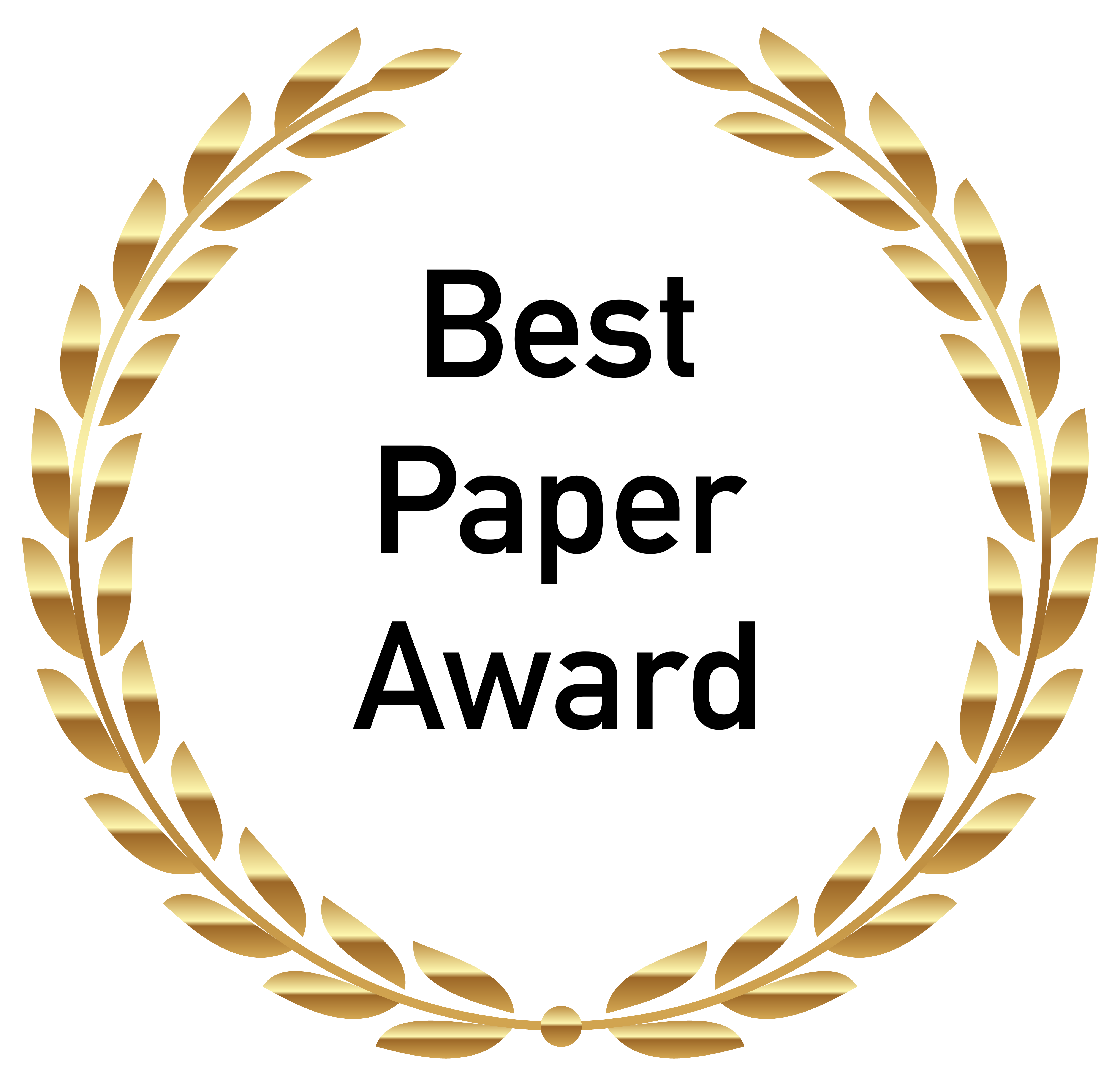
Improving Astronomy Image Quality Through Real-time Wavefront Estimation
David Thomas, Joshua Meyers, Steven Kahn
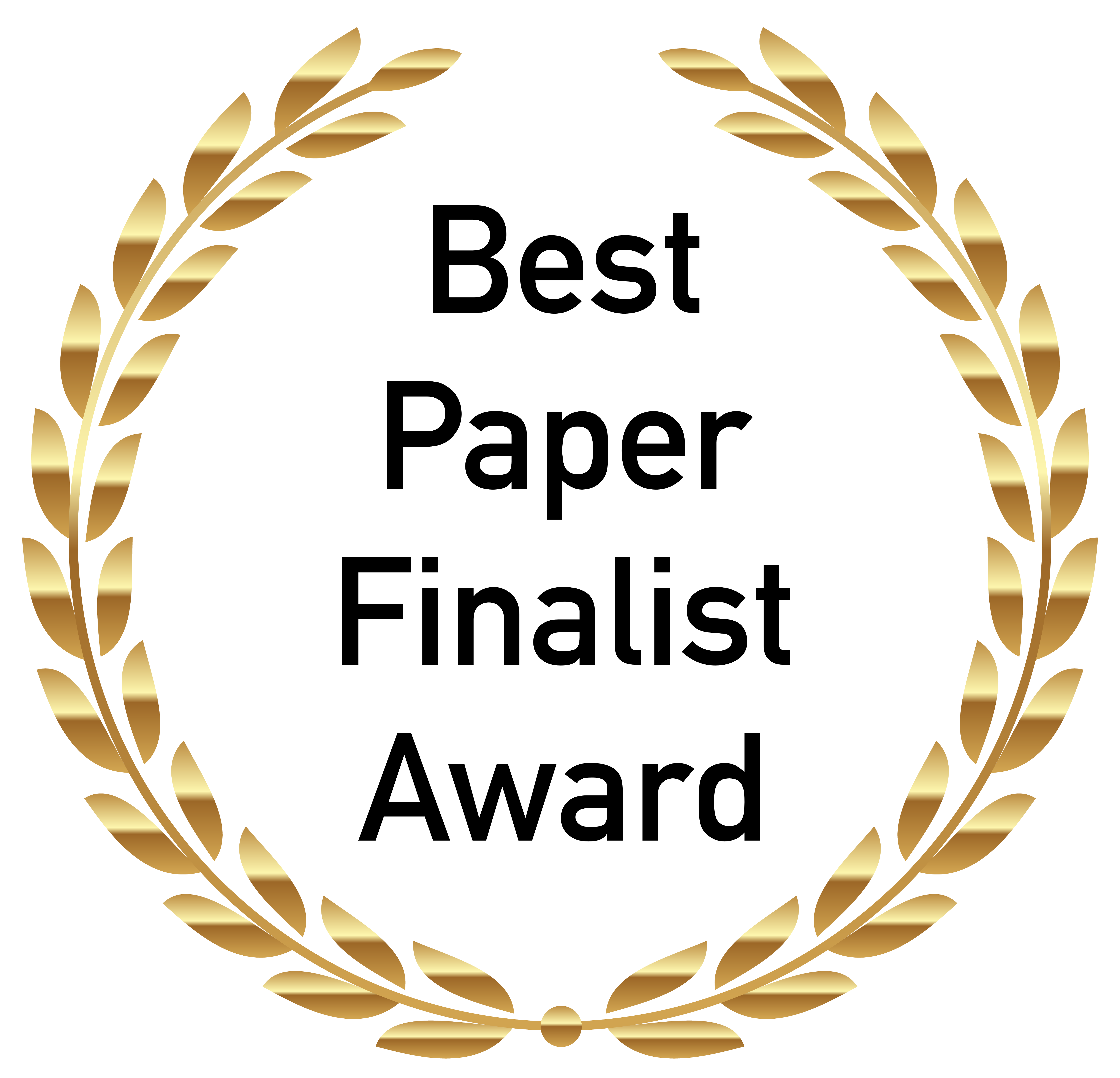
AI4MARS: A Dataset for Terrain-Aware Autonomous Driving on Mars
R. Michael Swan, Deegan J Atha, Henry A Leopold, Cindy Chiu, Matthew Gildner, Stephanie L Oij, Masahiro Ono
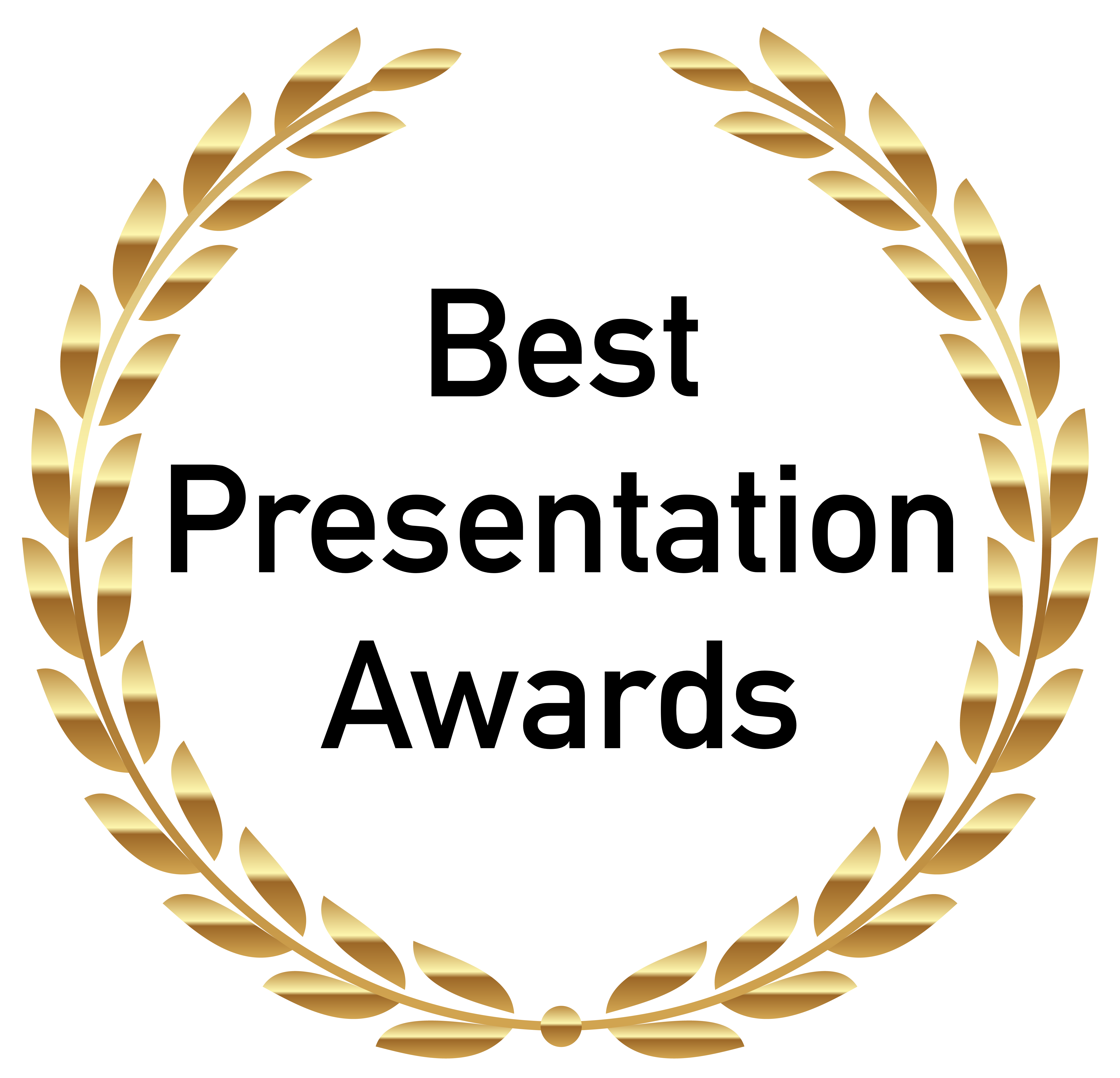
SPACESeg: Automated Detection of Bed Junction Morphologies Indicating Signs of Life in Ediacaran Period
Padmaja Jonnalagedda, Rachel Surprenant, Mary Droser, Bir Bhanu
A Monocular Pose Estimation Case Study: The Hayabusa2 Minerva-II2 Deployment
Andrew Price, Kazuya Yoshida
Vision-based Neural Scene Representations for Spacecraft
Anne Mergy, Gurvan Lecuyer, Dawa Derksen, Dario Izzo
Call for Papers
We solicit papers for AI4Space. Papers will be fully peer reviewed, and accepted papers will be published in the proceedings of CVPR Workshops. Authors of accepted papers will also be invited to present at the workshop at CVPR 2021 (virtual).
The general emphasis of AI4Space is vision and learning algorithms in off-Earth environments, including in the orbital region, surface and underground environments on other planetary bodies (e.g., the moon, Mars and asteroids), interplanetary space and solar system, and distant galaxies. Target application areas include autonomous spacecraft, space robotics, space traffic management, astronomy, astrobiology and cosmology. Emphasis is also placed on novel sensors and processing hardware for vision and learning in space, mitigating the challenges of the space environment towards vision and learning (e.g., solar radiation, extreme temperatures), and solving practical difficulties in vision and learning for space (e.g., lack of training data, unknown or partially known characteristics of operating environments).
A specific list of topics is as follows:
- Visual navigation for spacecraft operations (including close proximity rendezvous, docking, space maneuvers, pose estimation, entry descent landing)
- Vision and learning for space robotics
- Positioning, mapping and SLAM for the moon and Mars
- Autonomous celestial positioning
- Space debris monitoring and mitigation
- Vision and learning for astronomy, astrobiology and cosmology
- Sensors for space applications (e.g., optical, multispectral, lidar, radar, event-based)
- AI and learning-based satellite communications and IoT
- Processing hardware for vision and learning in space, including satellite on-board processing
- Mitigating challenges of the space environment to vision and learning
- Datasets, transfer learning and domain gap for space problems
Peaceful usage of AI for space
All papers published via this workshop must be aimed towards the peaceful usage of AI for space.
Submission
Submissions should be in the CVPR format and are limited to 8 pages excluding reference. Use the template for detailed formatting instructions. Please refer to the main conference's submission guildelines for more details.
Submit your paper via the CMT3 submission system.
Reviewing is double blind - remember to remove your names and affiliations in the submitted version (selecting the reviewing option in the LaTeX template will take care of that). Accepted works will be published in the CVPR 2021 proceedings (online/app, IEEE Xplore, and CVF open access).
Important Dates
All times/dates below are in Pacific Standard Time.
| Paper Submission Deadline | |
| Notification to Authors | |
| Camera-Ready Deadline | |
| Workshop Date | 10am 19 Jun 2021 (N. America East) |
Organizers

The University of Adelaide
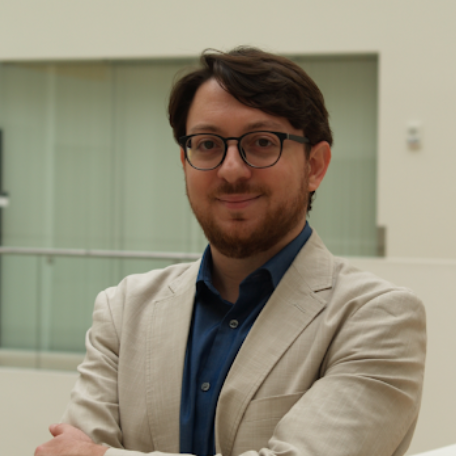
MIT
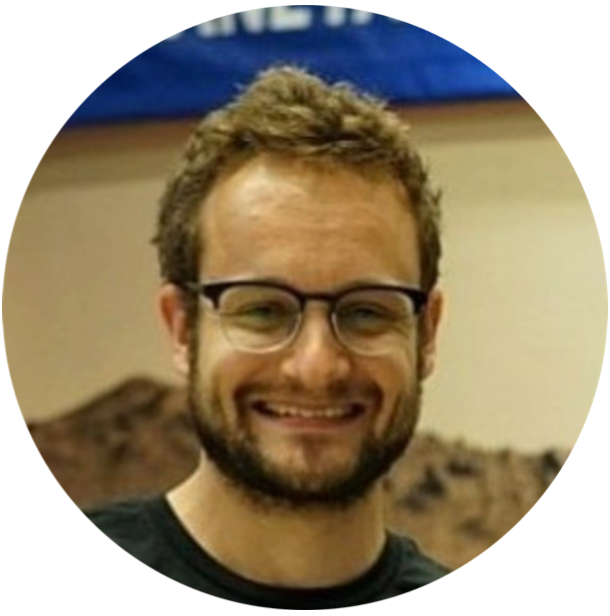
Blackswan Technologies
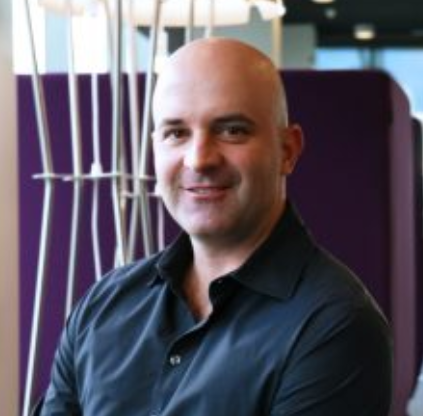
Queensland University of Technology

ESA

ESA

The University of Adelaide

Australian Institute for Machine Learning
Program Committee
- Alina Bialkowski, The University of Queensland
- Alvaro Parra, The University of Adelaide
- Andrew Olguin, DRAPER
- Anne Mergy, European Space Agency
- Artur Nowakowski, European Space Agency
- Binfeng Pan, Northwestern Polytechnical University
- Bo Chen, The University of Adelaide
- Cesar Cadena, ETH Zurich
- Dawa Derksen, European Space Agency
- Diego Valsesia, Politecnico di Torino
- Gabriele Meoni, European Space Agency
- Giovanni Beltrame, Polytechnique de Montreal
- Grace Gao, Stanford University
- Gurvan Lecuyer, European Space Agency
- Heng Yang, Massachusetts Institute of Technology
- Huangying Zhan, The University of Adelaide
- Jan Dirk Wegner, ETH Zurich
- Jonathan Kelly, University of Toronto
- Joseph O'Leary, EOS Systems
- Laura Henderson, DRAPER
- Marie Farrel, Maynooth University
- Melrose Brown, UNSW
- Michele Sasdelli, The University of Adelaide
- Moritz Von Looz, European Space Agency
- Peyman Moghadam, CSIRO
- Rasit Abay, UNSW
- Simone D'Amico, Stanford University
- Sumant Sharma, Stanford University
- Viorela Ila, The University of Sydney
- Yasir Latif, The University of Adelaide
Sponsors
At Draper, we believe exciting things happen when we combine our diverse disciplines to imagine and create new solutions. From whiteboard concept to fielded systems, Draper engineers design, develop and deploy advanced technology solutions for the world’s most difficult and important problems. More than a thousand engineers and scientists — experts in fields ranging from GN&C to microfabrication — bring a multidisciplinary advantage to system design. The breadth and depth of our expertise enable us to take on almost any challenge. By building and field-testing working prototypes we accelerate design iterations. We can complete small production runs, license our intellectual property and transition technology for large-volume production. We provide full life-cycle support, including technology refresh. We provide engineering services directly to government, commercial companies and academia; work on teams as prime contractor or subcontractor; and participate as a collaborator in consortia. As a not-for-profit engineering innovation company, we provide unbiased assessments of technology or systems designed or recommended by other organizations — whether custom-designed or commercial-off-the-shelf.
Blackswan Technologies is making satellites autonomous. The company’s products are designed to manage the expected ten-fold increase in space traffic in the coming years by lowering collision risk, reducing costs of operations and expanding the range of autonomous activities in orbit. Our ultimate goal is to help build a self sustaining market economy where complex tasks such as debris removal, on-orbit servicing and construction can be performed by using autonomous satellites.
The Australian Space Agency will transform and grow a globally respected Australian space industry that lifts the broader economy, inspires and improves the lives of Australians – underpinned by strong international and national engagement.
Affiliated organisations
The European Space Agency (ESA) is Europe’s gateway to space. Its mission is to shape the development of Europe’s space capability and ensure that investment in space continues to deliver benefits to the citizens of Europe and the world.
The Advanced Concepts Team (ACT) is part of the ESA's Directorate of Technical and Quality Management (TEC-SF). The team is essentially a channel for the study of technologies and ideas that are of strategical importance in the long term planning of ESA. It serves the function of a think tank providing decision makers the support of a highly multidisciplinary research group. Science and engineering research fellows (PhDs working at ESA for 2 years), Young Graduate Trainee and stagiaires form the bulk of this Team. Based at ESTEC, they carry out research work on advanced topics and emerging technologies and perform highly skilled analysis on a wide range of topics.
The SmartSat CRC is a consortium of universities and other research organisations, partnered with industry that has been funded by the Australian Government to develop know-how and technologies in advanced telecommunications and IoT connectivity, intelligent satellite systems and Earth observation next generation data services. The impact of this research will be to develop intellectual property and a specialist industry expertise that will spawn new businesses, create export economic value and generate new high-tech jobs for all Australians.
